Key Takeaways
- EVALI, which is short for “E-cigarette or Vaping, product use-Associated Lung Injury” was first identified in 2019 in the Midwestern United States.
- It is a severe and potentially life-threatening condition with varying symptoms, but is characterized by lung damage and (often) presents like Pneumonia.
- The 2019 U.S. outbreak saw nearly 3000 people hospitalized and 68 deaths. The number of cases grew daily from June to September, then tailed off to almost nothing by February 2020.
- EVALI has been discovered to be almost exclusively caused by inhaling Vitamin E Acetate, a thickening agent previously used in many THC vape products. It has never been definitively linked to vaping nicotine e-liquids.
Anyone trying to learn more about the pros and cons of vaping will likely have come across mention of EVALI.
This new medical condition, first identified in the United States in 2019, is often cited as a danger of using e-cigarettes in negative articles about vaping, but also appears in advice articles on medical websites.
Spend just a little time reading popular news stories about vaping and it would be easy to believe that the condition is as big a threat to vapers as lung cancer is to smokers.
But what exactly is EVALI and what causes it? Is it dangerous and prevalent enough to warrant mention in the huge amount of anti-vaping articles that it does? And is it still affecting e-cigarette users in the U.S. and elsewhere in the world?
What is EVALI?
EVALI (E-cigarette or Vaping, product use-Associated Lung Injury) is a severe and potentially life-threatening condition characterized by damage to the lungs. The exact mechanisms behind EVALI are still not fully understood.
However, it is believed that the inhalation of harmful substances found in some e-cigarette aerosols triggers an inflammatory response in the lungs. This limits their ability to absorb oxygen to various degrees, depending on the severity.
While the long-term consequences are not yet known, some individuals are known to have experienced lasting lung damage after recovering from the initial symptoms. Many of those affected by EVALI appear to be otherwise healthy individuals before developing this illness, which has led to concern over vaping safety.
EVALI was first recognized in 2019 during a U.S. nationwide outbreak of vaping-related illnesses when patients, predominantly young and healthy, reported symptoms such as shortness of breath, cough, chest pain, and fever. Many required hospitalization, some required life support, and sadly some of those afflicted with the condition died.
Symptoms of EVALI can vary from person to person but often include:
- Respiratory symptoms
- Shortness of breath, difficulty breathing
- Cough, often persistent and sometimes severe
- Chest pain
- Gastrointestinal symptoms
- Nausea and vomiting
- Diarrhea
- Abdominal pain
- Constitutional symptoms
- Fever
- Chills
- Weight loss
- Fatigue
It is important to note that these symptoms can mimic other respiratory illnesses, such as pneumonia or bronchitis. The reverse is also true. It is likely true that conditions other than EVALI have been labeled as such due to the seemingly vague and common list of categorizing symptoms.
The CDC has stated that: “EVALI is a diagnosis of exclusion with an intentionally sensitive case definition, and it is possible that cases caused by other etiologies could be misattributed to EVALI.”
To put that into plain English, with multiple possible symptoms a sensitive case definition will detect many cases, but may also count numerous individuals as cases who do not have the condition.
The 2019 EVALI Outbreak
The 2019 EVALI outbreak in America was a significant public health event. The first cases were identified in Wisconsin and Illinois in April of that year, and by February 2020, the CDC had reported over 2,800 hospitalized EVALI cases and 68 deaths. Patients often presented with symptoms mimicking pneumonia but without an infectious cause.
The outbreak was further characterized by its rapid spread and the severity of the illnesses, which naturally caused widespread fear among the public, who had few clues as to what was causing people to develop the condition.
As patients were questioned about their vaping habits, it became clear that the majority of those affected had been inhaling THC products. This was particularly true among the younger patients who represented around 15% of all EVALI cases.
The majority of adolescents affected by EVALI (81.7%) acknowledged using e-cigarette or vaping products containing THC, and an overwhelming proportion (96.5%) reported procuring these THC-containing items through informal channels such as family, friends, or non-regulated in-person and online sellers.
It has been reported that 14% of EVALI patients reported exclusive use of nicotine-containing products, and denied using THC vapes. However, there is a potential problem with this sort of self-reporting.
Firstly, the use of THC was illegal in 38 U.S. states at the time, which could have made patients fearful of prosecution if they admitted using it. Secondly, THC use had and still has a stigma attached to it. Younger patients were likely worried about parental reactions if they admitted to “smoking weed”.
The outbreak was localized within the United States and occurred over just a few months. That sort of short and local spike in cases is consistent with a contaminated product (in this instance, illicit THC products), and not with an ongoing danger to public health.
From the CDC data, it’s clear that the numbers rose rapidly to a peak and then all but disappeared in early 2020 when the cause was identified and largely eliminated.
Vitamin E Acetate: The Cause of EVALI?
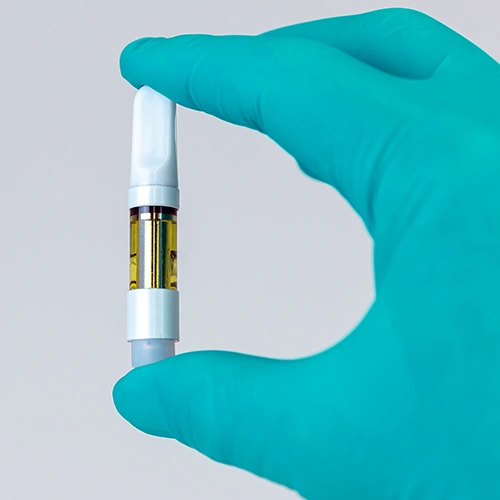
As the investigation progressed, it became clearer that the ingredient that was causing EVALI was Vitamin E acetate. While vitamin E acetate is safe when applied to the skin or ingested as a supplement, when heated and inhaled, it can transform into a vapor that damages lung tissue.
This substance, often used as a thickening agent in THC vaping products, was found in the lung fluid of many EVALI patients. A study published in the New England Journal of Medicine found vitamin E acetate in bronchoalveolar-lavage fluid from 94% of EVALI patients examined.
The suggestion that the condition is caused by commercial nicotine vape products is implausible at best.
There have been no spikes in cases caused by vaping nicotine before or since 2019, yet no changes have been made to the composition of nicotine vaping products in recent years. Vaping nicotine is popular in dozens of countries, and none of them have reported significant amounts of EVALI cases (if they have reported any at all).
EVALI Cases Around the World
Depending on where you look for the numbers, there are estimated to be anywhere between 60 and 90 million nicotine vapers in the world.
If EVALI was, as the name incorrectly suggests, associated with any vaping or e-cigarette use, surely there must have been recorded outbreaks in other countries where vaping is popular and widespread? Even the most cursory Google search proves that this is not the case.
There were a few suspected cases in Canada, and one case of EVALI was confirmed in the UK, but almost nothing elsewhere in the major vape markets. There were also a few cases reported in Australia that were later proven to not meet the required EVALI case definition.
According to Public Health England, misinformation about vaping and EVALI can have deadly effects. At the time of the 2019 outbreak, PHE stated:
“The responses we have seen to the problem in the US and in other countries may increase the already widespread misunderstanding about the relative safety of nicotine e-cigarettes, deterring smokers from switching and risk driving vapers who have switched back to smoking. There is a real risk therefore that such a reaction will mean people continue to smoke, which will undoubtedly put lives at risk.”
This statement is still on the PHE website, suggesting that their stance on EVALI and the evidence of its dangers has not changed in the years since the initial outbreak.
The Effect of the EVALI Outbreak on Vaping
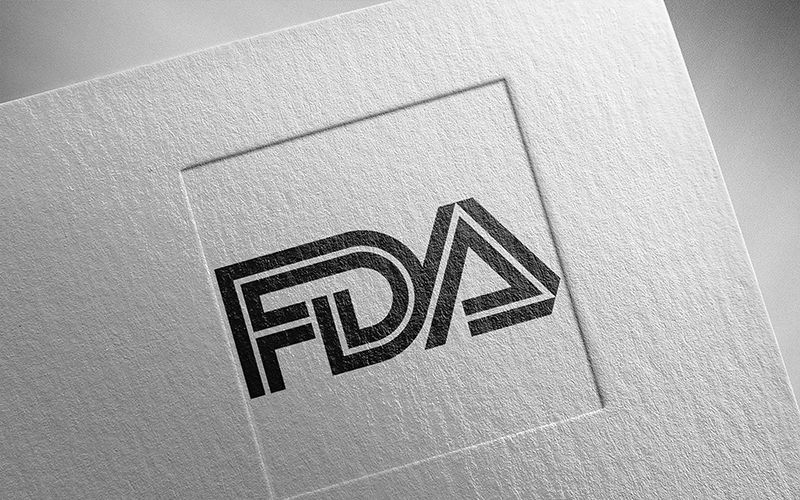
The EVALI outbreak spurred a significant regulatory response in the U.S. The CDC recommended that people refrain from using e-cigarettes or vaping products, particularly those containing THC.
The Food and Drug Administration (FDA) also took decisive steps to more tightly regulate the vaping industry, including banning the sale of flavored vaping products.
While several states banned Vitamin E Acetate in vaping products, several went much further. States like Michigan and New York also prohibited flavored e-cigarettes as a response to this health crisis.
Some countries, notably India, used the U.S. EVALI outbreak as a reason to ban the sale of vape products entirely. Even after studies found that nicotine vapes weren’t the problem, bans like this remain in place.
EVALI Today
While the peak of the EVALI outbreak was short and localized, the risk hasn’t entirely disappeared. There are still cases of EVALI being reported, underlining the need for continued vigilance against harmful ingredients in vapes, and more research into the condition itself.
Indeed, researchers are still investigating other potential causes of EVALI, including the role of other chemicals and additives in vaping products and devices.
Because the long-term effects of vaping and EVALI are still unknown, there is continued concern for those who have vaped or are currently vaping THC.
The Centers for Disease Control and Prevention stopped its daily reporting of EVALI cases in early 2020, and there is very little up-to-date messaging to be found on its website, nor on the FDA website. Some states, notably California, continue to report their total number of confirmed cases, usually weekly or monthly.
The danger of developing EVALI continues to be touted in the media and by opponents of vaping, even though the evidence suggests the risk is minimal for most vapers.
Nearly five years on from the U.S. outbreak, there appears to be no evidence that this potentially harmful condition is caused by vaping nicotine, but plenty of evidence to support the idea that the real dangers are Vitamin E-acetate and illicit vape products. Neither of these problems will be fixed by banning flavored vape products.
The Bottom Line
EVALI is undoubtedly a potentially dangerous condition to develop, but studies suggest that the risk of developing it is minimal for most vapers. Some have even argued that the name EVALI should be changed to reflect the true cause. Perhaps VEALI or Vitamin E acetate Associated Lung Injury?
If you only vape nicotine, are careful about where you buy your vape products, and understand the dangers of Vitamin E Acetate and other dubious vape additives, the risk of developing EVALI is not something that should keep you awake at night.

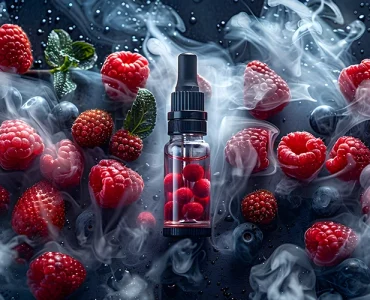

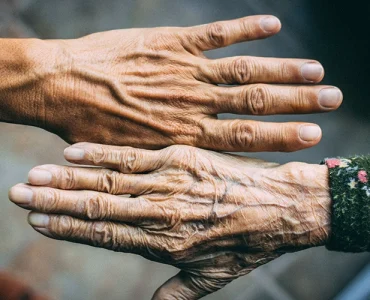
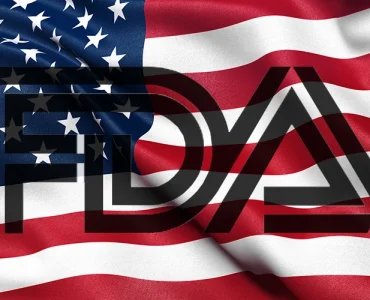
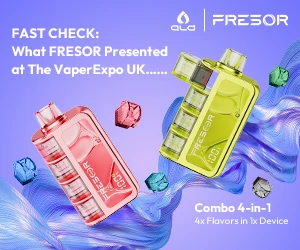
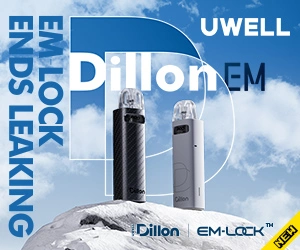

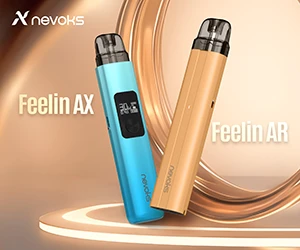
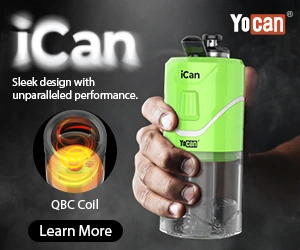
Add comment